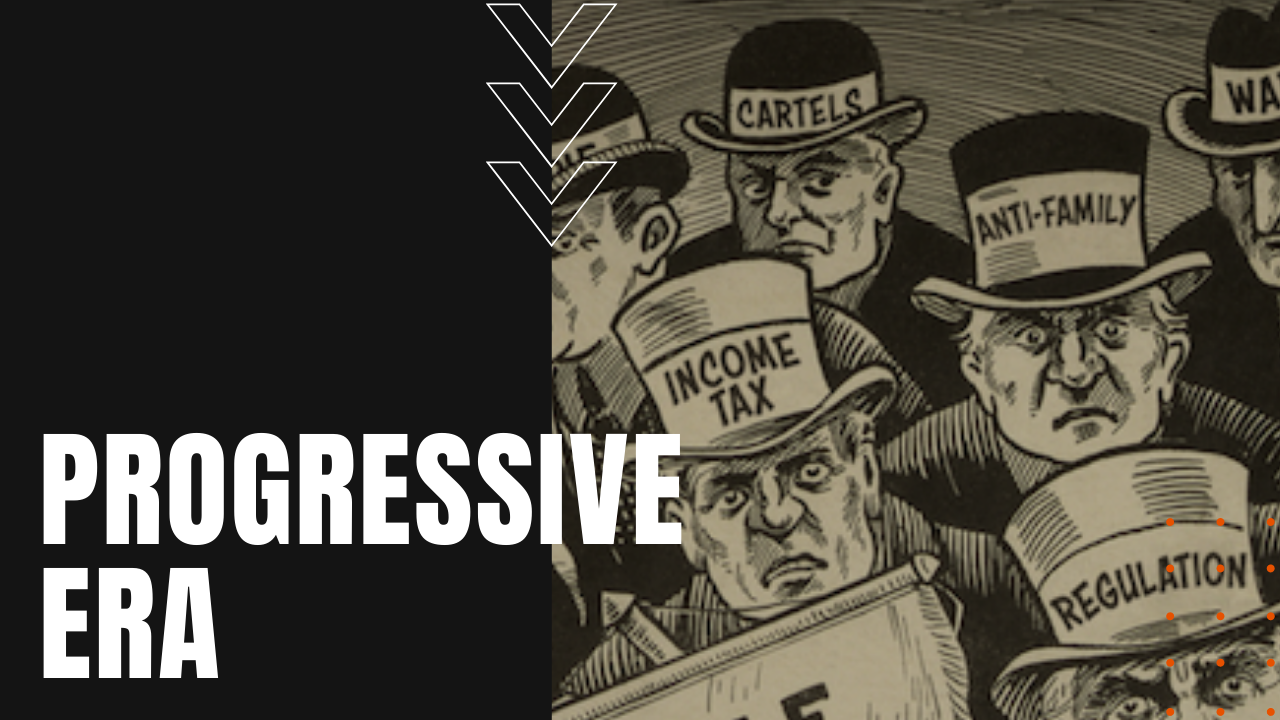Progressive Era: Early Movement Towards Societal Equity

When Did the Progressive Era Start?
After the excesses of the Gilded Age, muckraking journalists began to expose waste, political corruption and scandal at first on local levels, but as the movement grew from 1896 to 1916, progressives trickled up into state and federal politics, taking aim at problems caused by industrialization, urbanization, immigration and political corruption.
Corporate Checks and Balances
Primarily driven by the American middle-class, reformers sought to expose and eradicate political machines and their crooked party bosses, believing that a higher level of direct democracy would be the result of their housecleaning measures. Progressives also went after corporate monopolies, resulting in federal anti-trust laws that further leveled the playing field for legitimate competitors. They also pushed for tighter regulations over unscrupulous manufacturers, leading to the formation of government oversight agencies such as the Food and Drug Administration or FDA.
But at their core, progressives were visionaries for a more modern American society, believing that scientific management practices known as “Taylorisms” could be applied to the most glaring inefficiencies in American society and industry, which soon made the stopwatch a symbol and watchword for industrial improvement.
Prohibition, Suffrage, and Labor Laws
Many progressives supported the prohibition of alcohol, mainly to strip the power of political bosses who operated out of saloons, while others based their support on purely religious grounds. A third main theme of the Progressive Era was Women’s Suffrage since many felt that the female vote would bring a higher purity to American politics, while a fourth theme shown a spotlight on the abuses of child labor.
Progressives also transformed the social sciences by applying scientific methods to higher education, replacing so-called amateur academics with research-oriented professors who published their findings in peer-reviewed scholarly journals and presses.
Progressive Politicians
As the Progressive Era trickled up to the national level, Republican politicians like President Teddy Roosevelt introduced his Square Deal policies, which promised fairness to the average American through trustbusting, regulating railroads and insisting on high standards in both the food and drug industries, while establishing national parks and forests for the preservation of America’s natural resources.
Democrats also promoted progressive policies under the administration of President Woodrow Wilson, whose New Freedom platform introduced pre-defined legislative initiatives at the start of his first term in office—something no sitting president had ever done before—stressing conservation, bank reform, tariff reductions and the regulation of trusts.
The Progressive Era ended under the weight of the First World War, reemerging in the New Era of the Roaring Twenties, until the stock market crash of 1929 and the start of The Great Depression, making the Progressive Era a major turning point in the modernization of America.
